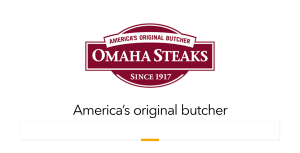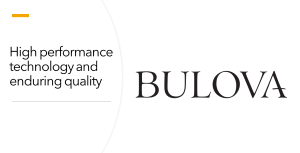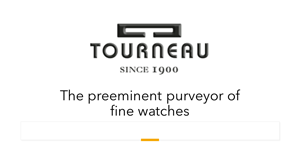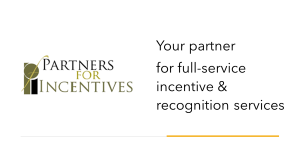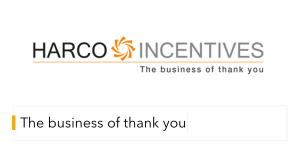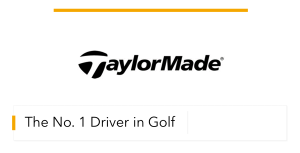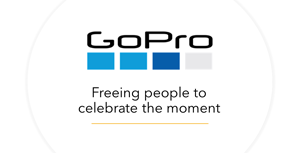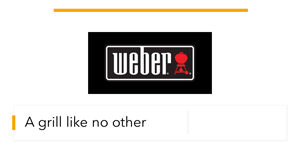8 Questions That Can Help Ensure Success
In the case of incentive and recognition programs, answering a few basic questions can make the difference between measurable success and ending up behind the 8-ball
Ask any solution provider in the incentive, recognition and loyalty space about their biggest challenge, and they’ll undoubtedly say it’s clients who simply wish to conduct “do this, get that” incentive campaigns to achieve critical business goals.
While organizations think nothing of engaging expert consultants to manage their training and development, enterprise technology, customer relationship management, advertising and direct marketing campaigns, the dirty little secret is that management frequently views incentive, recognition and loyalty programs as a “nice shiny thing” to help them achieve critical short-term goals, unaware of the potential dangers.
Of course, it’s understandable that managers looking to achieve a short-term goal might feel that a comprehensive strategy addressing all key levers of engagement would require more organizational buy-in than they have time for. But incentive programs – like any investment of this magnitude focused on a key audience – warrant a basic attention to detail that many don’t appreciate. Poorly designed sales, dealer and employee programs almost always do more harm than good and carry high hidden risks, including:
- Annoying top customers, distributors, or employees with another gimmick that in the end wastes their time.
- Launching a program with much fanfare that later fails, lessening the chances that anyone will pay attention to a future campaign.
- Designing the rules in such a way that unethical people “game” the system.
- Paying a high price for business or employee performance you would have achieved anyway.
- Losing market share to competitors who understand that it takes more than material rewards to engage people over time.
- Developing a case of “program addiction,” where the company gets locked into having a program even if it no longer has a return on investment.
- Wasting marketing dollars or human resources dollars that could have been used for better purposes or put toward the bottom line.
- Risking loss of credibility with new management seeking to understand the ROI of these programs.
MISGUIDED EXPECTATIONS
The sad truth is that the incentive and recognition field is shown so much disrespect from corporations that solution providers often have difficulty getting clients to pay for program design or technology – they expect those services to be provided as part of the markup on rewards. In effect, these clients aren’t buying performance improvement, they’re buying “things.” The irony is that effectively designed incentive programs are actually profit centers, not cost centers, and can be funded with a level of pay-for-performance available nowhere else.
While there’s no research explaining why corporate management often places little value into what goes into proper program design, there are several possible explanations:
1. Most companies conduct little to no return-on-investment analysis on their incentive, recognition and loyalty programs (based on surveys by World@Work and other organizations).
2. Few companies consistently assess their audiences to determine what actually might engage them to help achieve organizational goals.
3. Companies often turn to “carrots” to address a short-term issue or because a competitor is doing something, with little understanding of potential collateral damage.
4. Few people in business have any formal training in incentive program design and assume it’s just a matter of finding the right “lure” to dangle in front of their audiences.
 NO MORE EXCUSES
NO MORE EXCUSES
There’s no longer any excuse for failure due to inadequate program design. Over the past 15 years, the rewards and recognition industry, through the Incentive Research Foundation, has funded extensive third-party and academic research on all aspects of program design, along with compelling research on what is required for success. In addition, industry organizations such as the Incentive Marketing Association and Enterprise Engagement Alliance have extensive education programs on program design for incentive and engagement programs, respectively, and much of the information is available at little or no cost.
The good news is that the framework for effective incentive program design – or even, for that matter, more comprehensive engagement strategies – is no more complicated than the framework for any other types of marketing or human resources programs. In the case of incentive and recognition programs, answering a few basic questions can make the difference between measurable success and having egg on your face – or even worse, undermining your company’s relationships with its top talent, distributors, or customers. Here are some questions to address that will ensure a successful investment:
- What specifically are you trying to achieve, both quantitatively and qualitatively? How will you measure success? What is the bottom line dollar benefit to the organization? What are the potential obstacles to success? What will you do as a result of that success – i.e., how will you profit from it going forward? What is the worst that could happen if something goes wrong?
- What do you really know about your audience? What will it take to get them to do what you want them to do? What is their current state of engagement? What is the potential collateral damage – i.e., distracting people from other key tasks, fostering unintended competition, etc.? What are your competitors doing that works? What are the best practices in your field for engaging key audiences?
- What specifically are the behaviors/actions you need from this audience to achieve your goals? How can those actions be measured? What is the value of those behaviors to your organization – i.e., what is it worth to you if your audience does what is asked of them?
- How will you communicate the program to the audience? What will it take to get their attention? What media works best for your audience? How will you measure engagement in your communications?
- What type of training will be required of whom to make sure everyone is capable of doing what is asked? What types of support or tools do they need and how will it be supplied?
- What types of rewards will get the attention of this audience and provide meaningful satisfaction and long-term emotional bonding? What types will minimize the chances the program will be confused with compensation or pricing programs for dealers that in time become “expected”? What types of reward and recognition strategies will have the best chances of not only motivating the target audience, but also inspiring them to continue performing even if the award program changes?
- How will you monitor the program to make sure that it’s proceeding as planned and that it’s not generating unintended consequences? What type of review process have you set up so that you can quickly change course should something not be working?
- How will you measure the actual level of engagement in the program and the return-on-investment? What did you learn from this program that you’ll be able to apply going forward, and with whom do you need to share this information?







